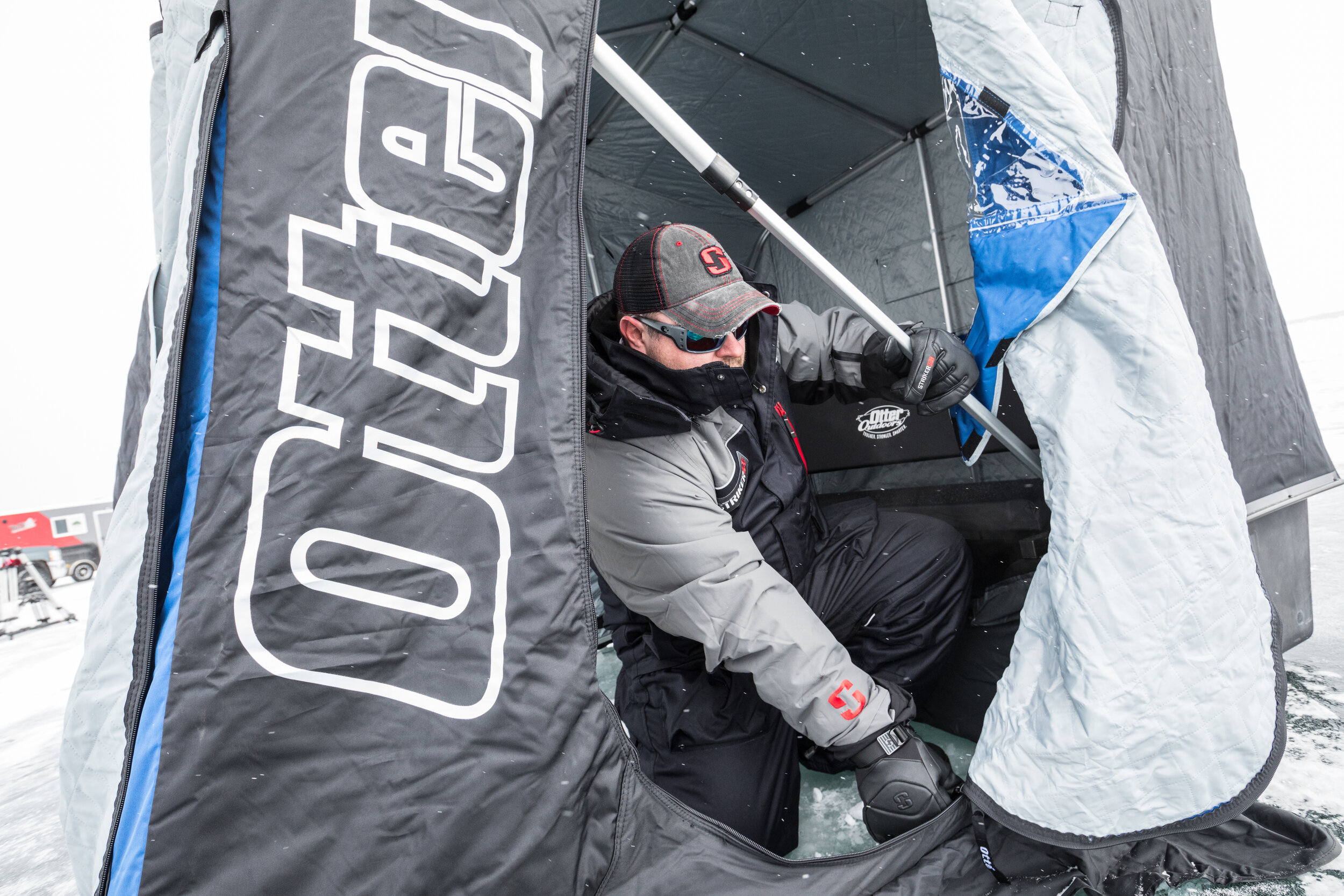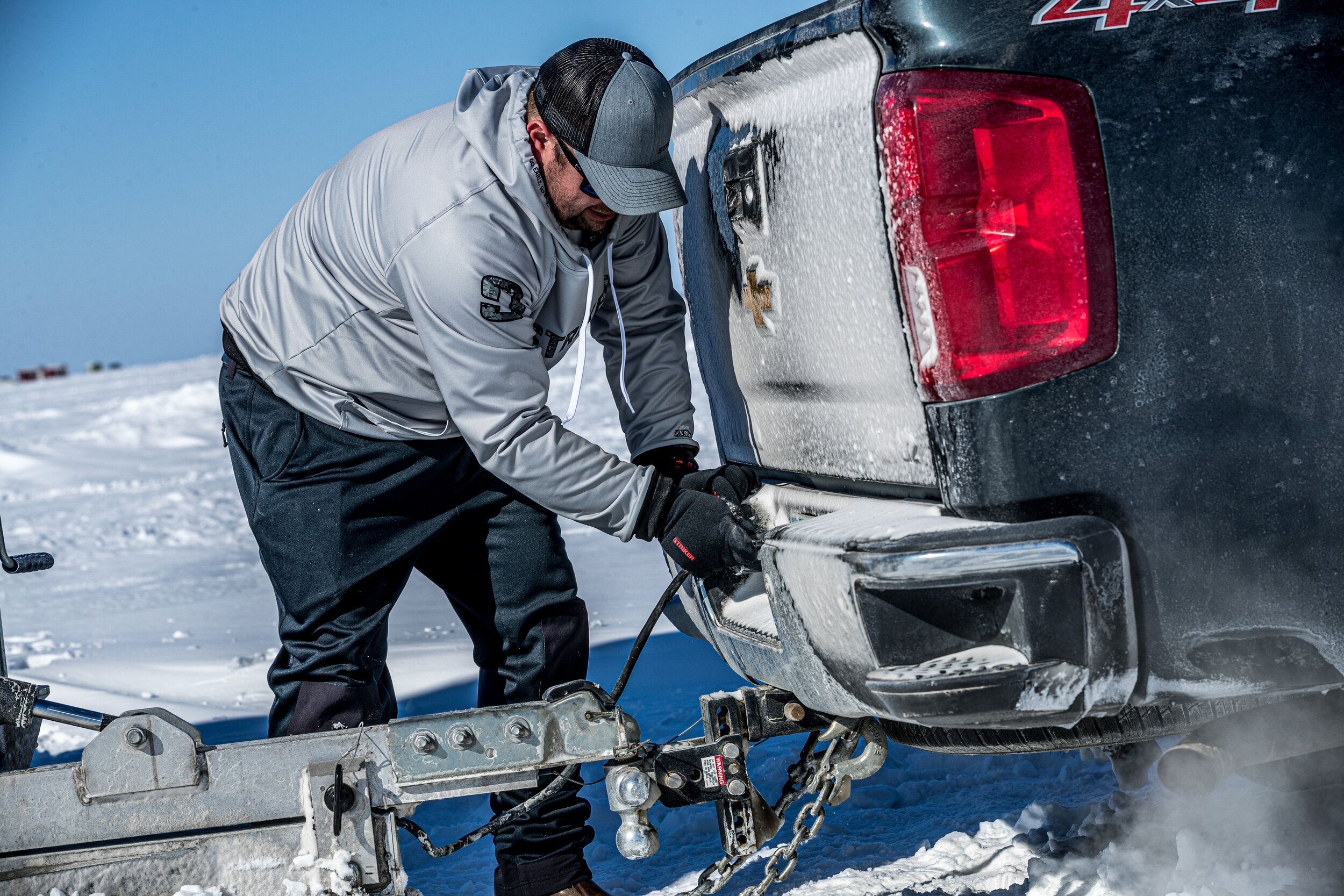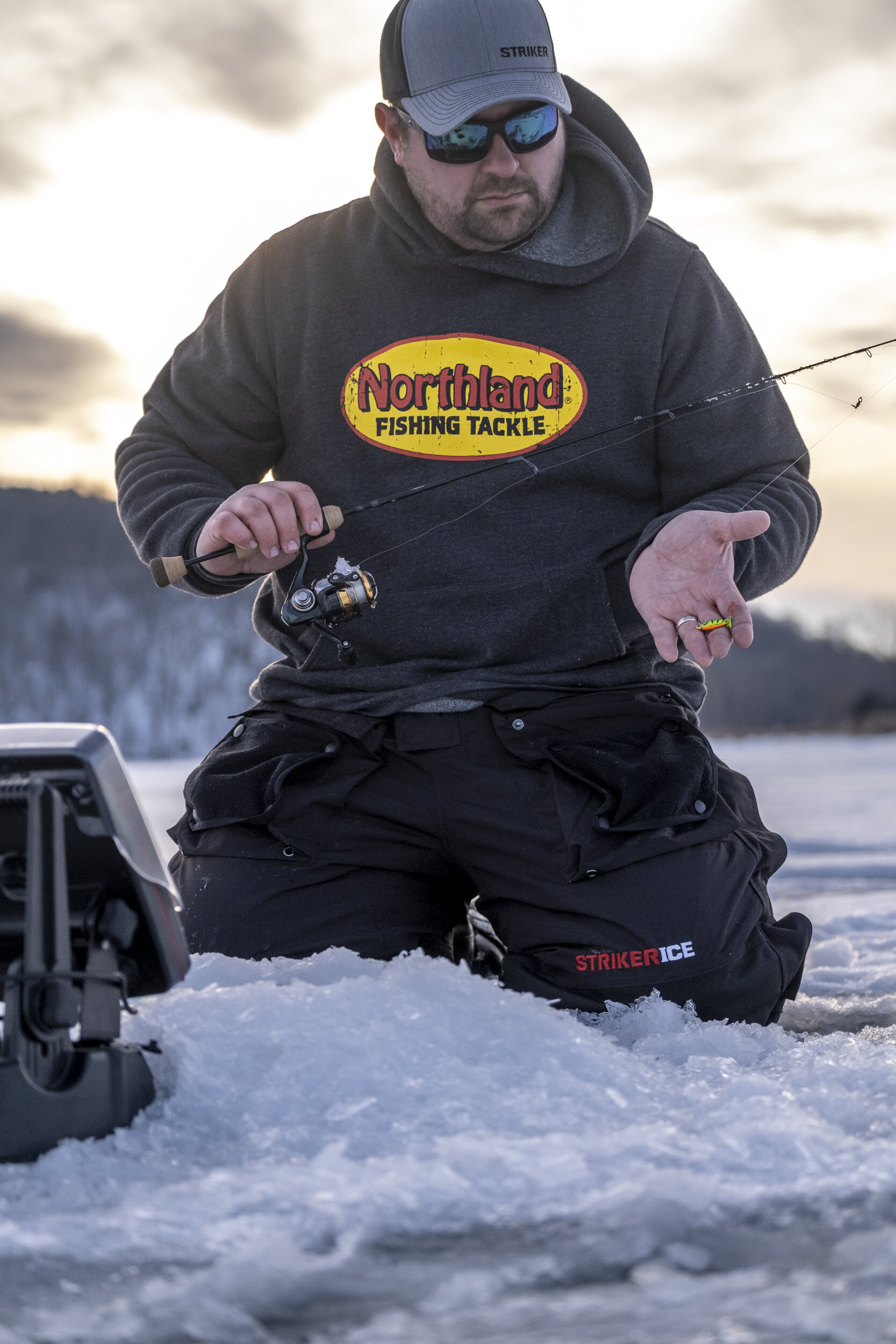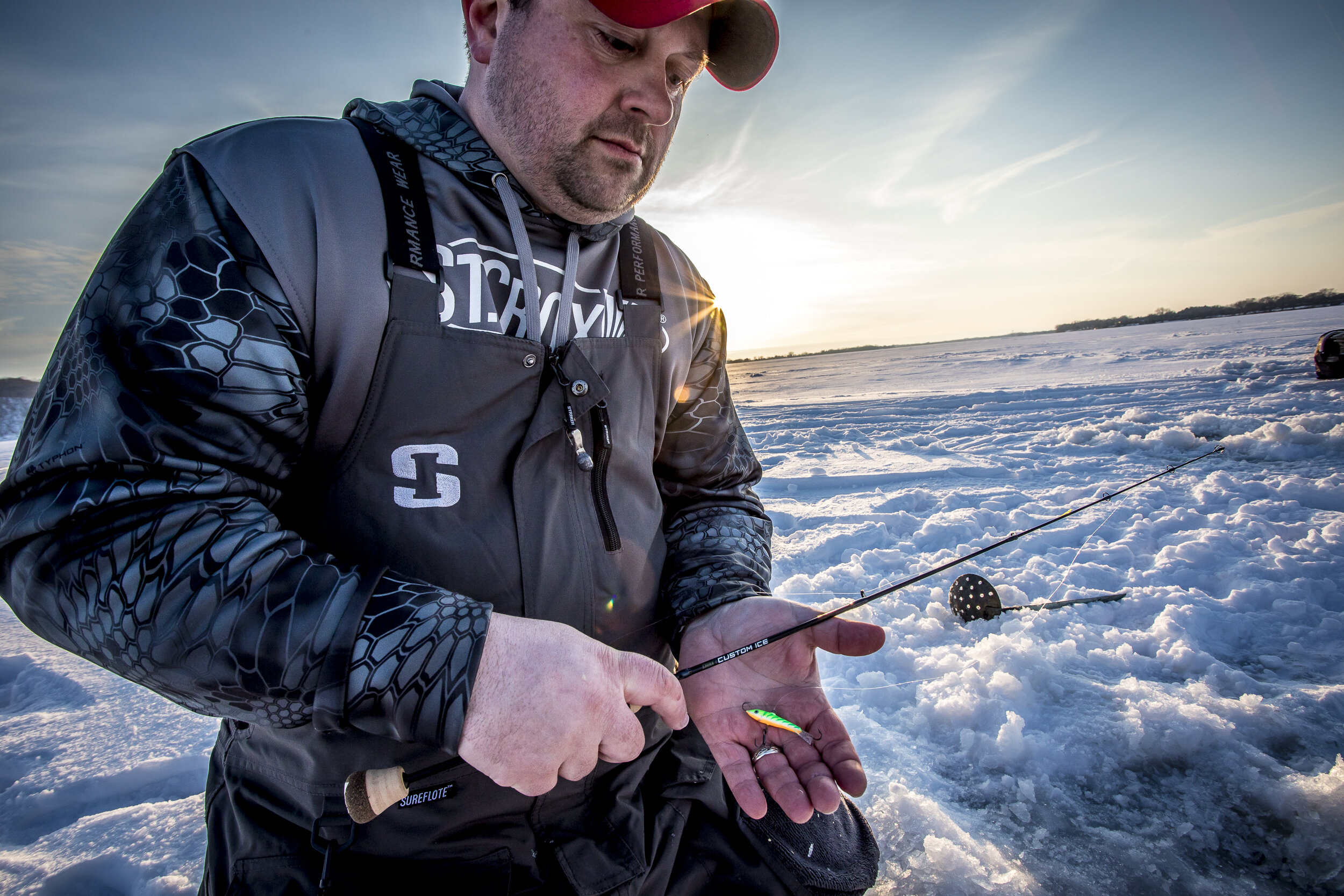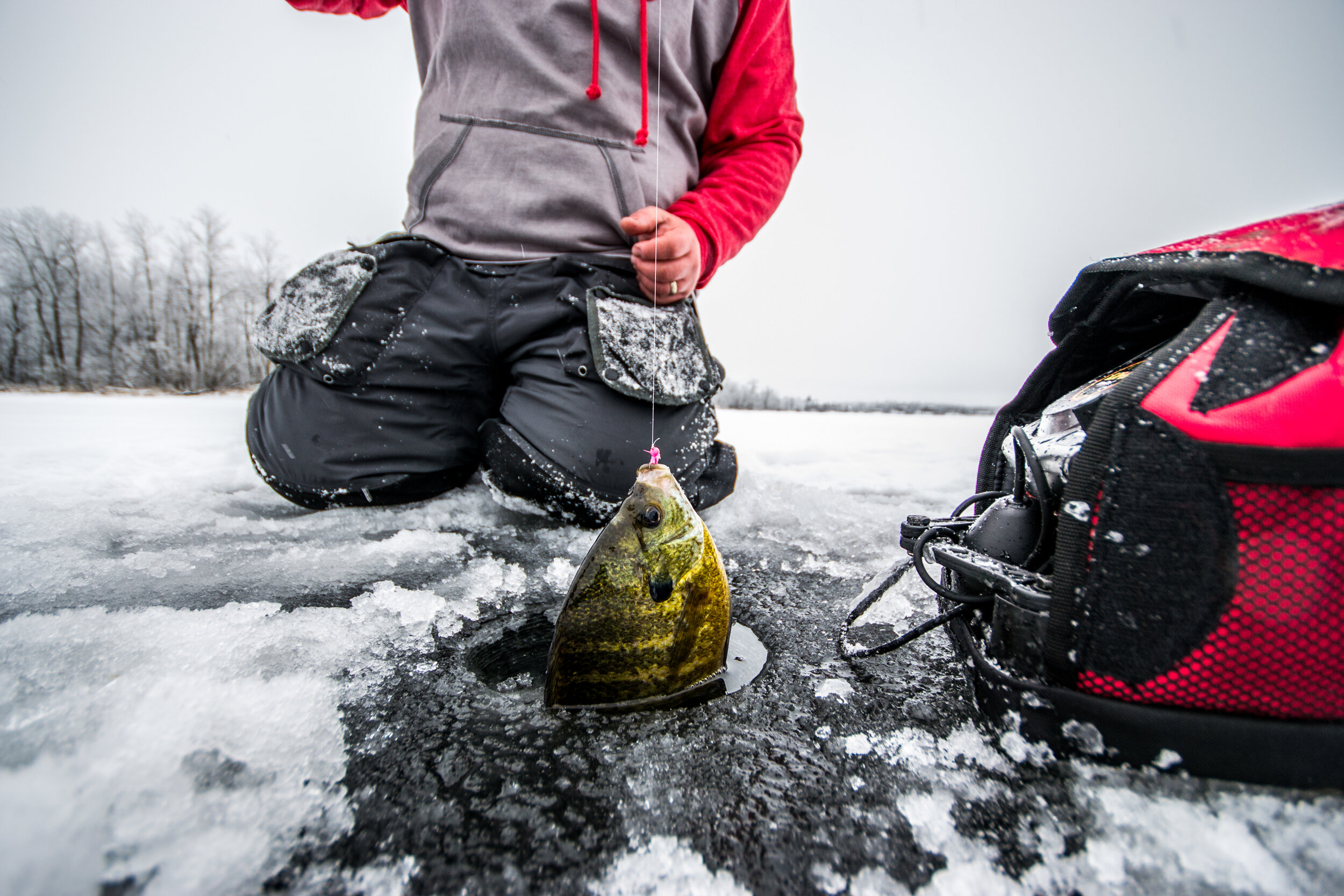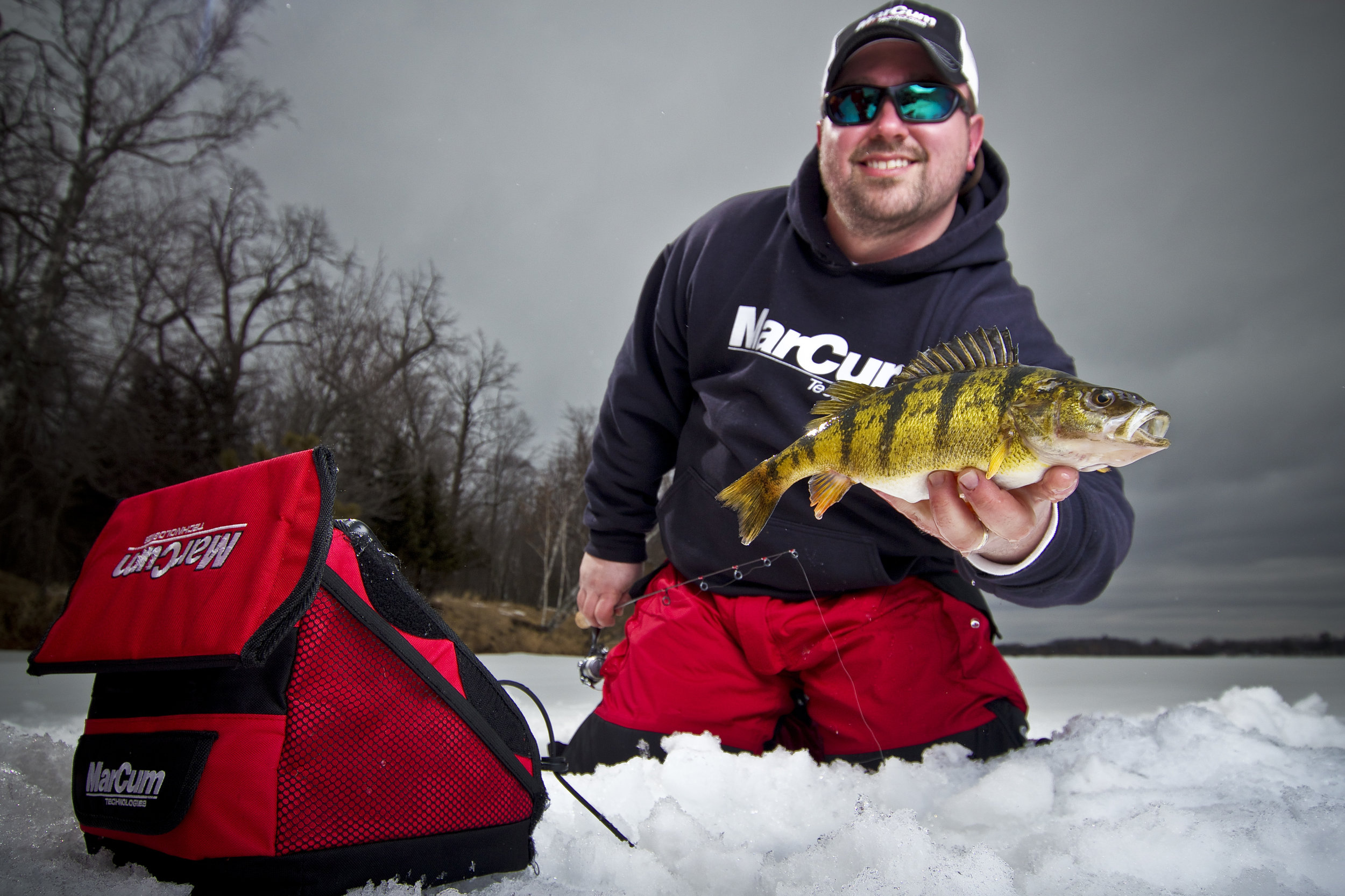J. Wagner asks:
I know that I’ve see your reviews and usage of Otter portables. Currently using another brand but with the weight and round tubes I am looking at getting an Otter. Typically just me but don’t really like the fishable area or standing height so now I’m looking at the Cabin. My issues are 600 vs 1200 denier canvas overall added weight and the boat seats (preferred) vs bench.
I would have loved to ask at the Ice Show but that’s not happening so wanted to track out to someone I have followed and watched for years. I appreciate any insight you can give.
Hey Joe - thanks for the question and I’ll do my best to break down the models, sizing, and seating options for you.
Shell - Denier count is a measure of the thickness of the individual threads used to make up the fabric, and the 1200 denier XT PRO X-Over Cabin will have a tougher exterior than the 600 denier XT X-Over Cabin. In the pro-series, there’s also larger squares on the interior of the shell to loft more insulating air, making it a warmer shelter. That said, a few short years ago, 600 denier was above and beyond the industry standard for warmth and durability, so we’re just seeing better technology work its way up the chain. I don’t have a problem heating either shelter, but if you’re an angler continually fishing extreme northern climates, the PRO series shell may be a better pick for you.
Weight - It’s important to note that every Otter is lightest in class when compared to shelters of similar fishable space and interior square footage. That’s accomplished through lighter hardware and materials, and the difference in weight between the XT PRO X-Over Cabin and the XT X-Over Cabin is 8lbs. The Pro series is just a touch heaver at 103lbs vs. 95lbs.
Seats - If the bucket seats are preferred, your shelter is the XT PRO X-Over Cabin. While the bench seats offer a bit more seating, it’s hard to beat the comfort of those bucket seats. Additionally, you’re able to affix a few really nice options into the shelter. The Sportsman’s Caddy fits right between the two seats, features a locking lid, and holds everything from batteries to bait. It’s a MacGyver-style toolbox for everything you need on ice. If you don’t need it enclosed, you can’t beat the Otter Sidekick for the price. Same organizational idea, and great on a bucket too.
Accessories - If you’re new to Otter shelters, save some room in the budget for the items that really make an Otter, an Otter. They extend the fishability, and make a day on the ice that much more hassle free. Items like a rigid tow-hitch, cargo net and hammock netting options, along with a hitch pivot can really make your new fish-house a home on the ice. If you do any night angling at all, consider this dimmable, flexible light kit that makes evening angling easier than ever.
Thanks for the question, and good luck fishing!
Joel
